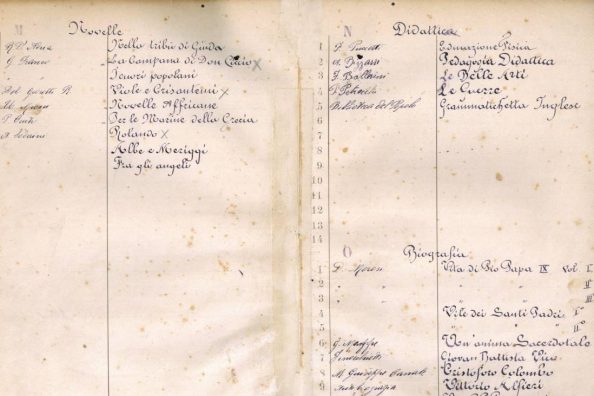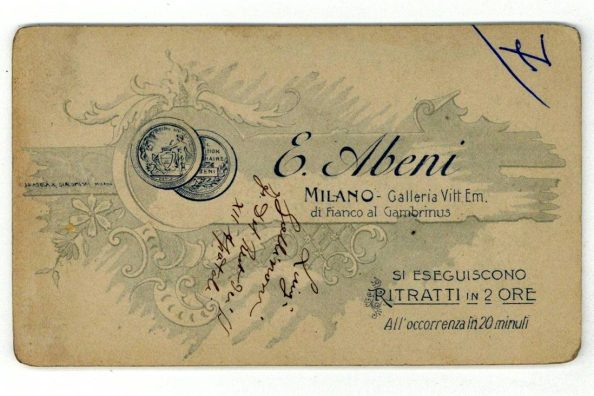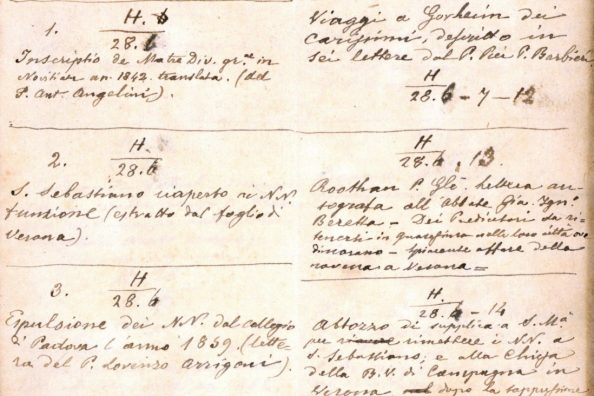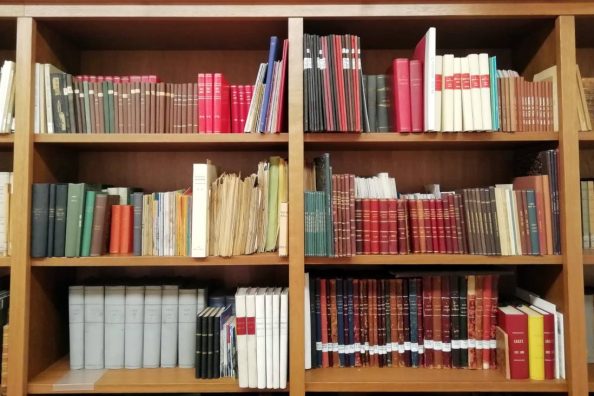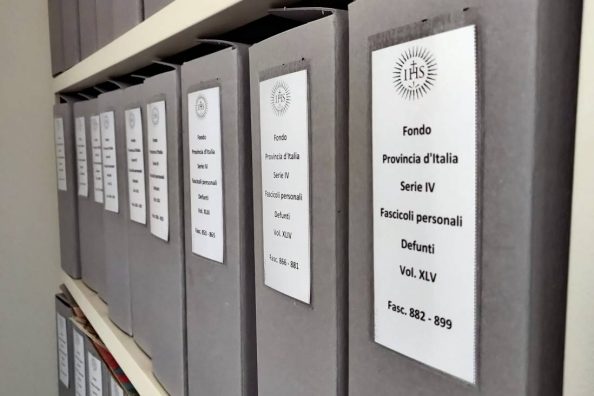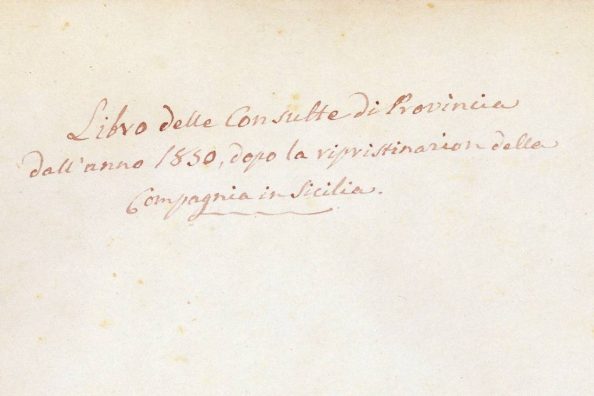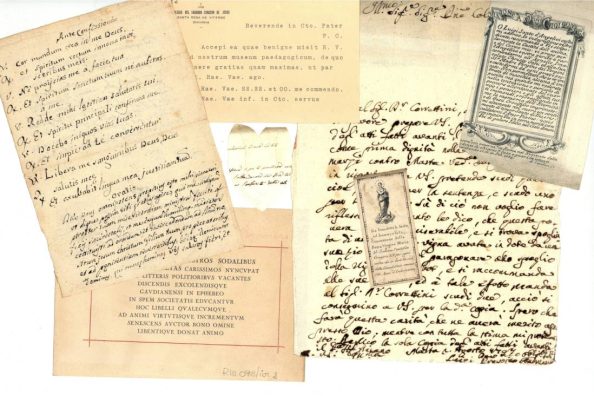Within the walls of an ancient novitiate
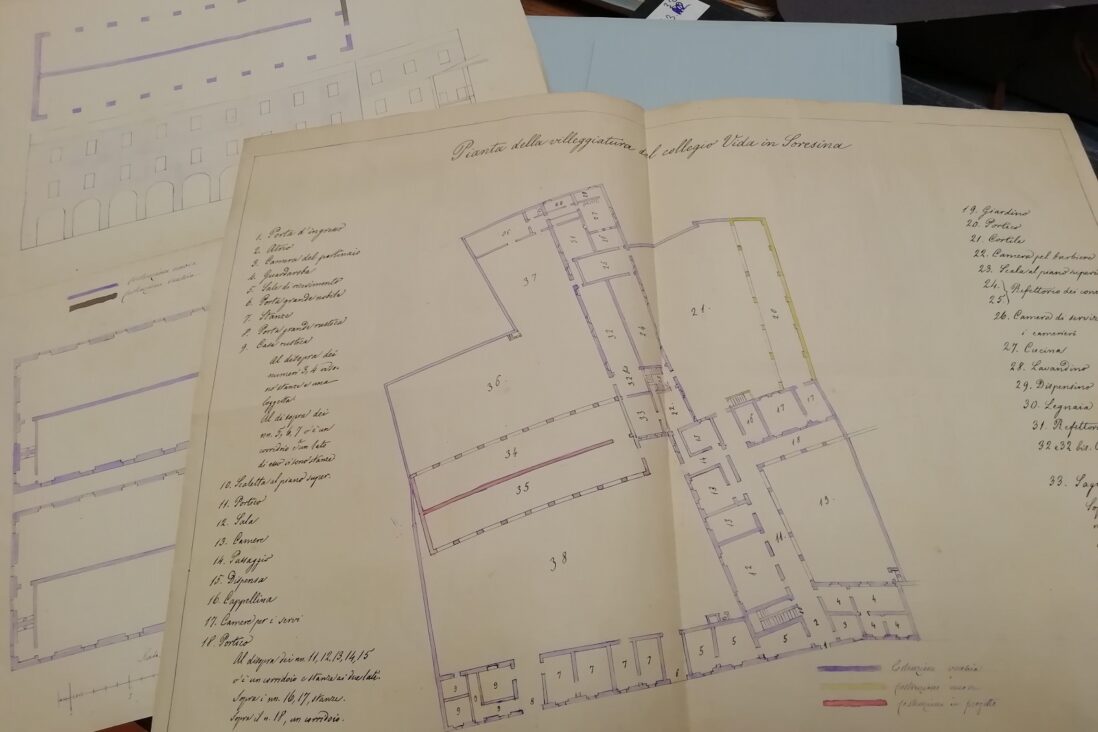
A journey through the headquarters of the novitiate of the Veneto-Milan Province, between Lonigo, Soresina and Portorè, some of the cities where the probation house was moved between the end of the 19th century and the middle of the 20th century.
Usually when one thinks of the novitiate, the house where the aspiring Jesuits spend the first two years of their religious life, one imagines classrooms, rooms, a chapel, a communal refectory, perhaps the garden that surrounds the house and where the novices also do manual labour. One hardly thinks of different, more ‘practical’ environments, such as a carpentry workshop, for example.
If the life of the Benedictines is daily punctuated by the motto “Ora et labora”, that of the Jesuits does not follow such a rigid pattern, but practical work, beyond one’s own apostolate, and service on behalf of the brothers and the community is part of the Jesuit’s life, from the novitiate onwards.
Today’s column takes us on a journey through the novitiate houses of the Veneto-Milan Province, including Lonigo, Soresina and Portorè, some of the towns where the probation house was moved between the late 19th and mid-20th century.
Thanks to some inventories of goods and furniture, we can virtually visit some of the lesser known rooms of the novitiate. The novitiate was almost always housed in a large building, such as the one in Lonigo, not only because of the numerous novices it gathered, but especially because of the rooms and workshops where they worked. In Portorè, for example, the novitiate was located inside the ancient Frangipani castle, which can be visited today and is particularly impressive. The Jesuit novice’s day did not flow slowly and cadenced by prayers in the house chapel, but rather involved various activities, fresh air and lots of work.
Where?
For example in the shoemaker’s workshop, where they could be engaged, along with a few brothers, in learning the art of shoe repair. Remember that the Jesuit residences were self-sufficient in many aspects of daily life, the young novices learned a bit of everything, especially the young brothers.
Here they had at their disposal the “machine for putting rings in shoes” as well as the “clamp for cutting wire”, as well as pincers, rasps, awls and a sewing machine.
All the novices were employed in turn mainly in the kitchen, as they necessarily had to learn how to cook, to make up for the absence of the brother deputed to this task, here they had at their disposal: copper boilers for the ministrar and for coffee, the log for beating meat, knives, forks, a cooker for roasting coffee, a grater for cheese, an iron plate for sweets. In addition, there were all kinds of machines for lifting pots, chopping meat, cutting turnips. There were also copper, brass and iron ladles, springs for the fire (tongs), frying pans, paddles, white but also flowered and iron serving dishes, sieves, egg pans, tureens, milk and copper moulds, even a sorbet maker.
A brother was usually in charge of the cellar, not only as caretaker of the barrels but also for stocking the wine needed for mass and also passed on to the table. Here the novices brought the grapes harvested in the vineyard. It was processed with the help of: barrels, casks, bottles, corkscrews, demijohns, funnels, a bottling machine, a wine press for ‘ispremer le graspe’ (the filament to which the grapes are attached).
Other rooms that made up the novitiate were the pantry and the blacksmith’s workshop. Indispensable then were the infirmary and the pharmacy, from reading the instruments found here one can see how many small and large operations were carried out directly in the house.
The brother, who was often a nurse and had first-aid knowledge, had at his disposal: the ‘German, French and Italian pharmacopoeia’, bandages, tooth-gripping and surgical irons, bedpans, spittoons, a trumpet for auscultations, a portable stove, a wheelchair, bells to call the nurse and ask for help.
Other workshops were the bookbinding room, where there were: agate for polishing, boards for shaping books, compasses, fillets for gilding and many other tools needed for bookbinding not far from the room for the objects needed for masonry (wheelbarrows, trowels, hammers, chisels).
The novices could also choose to dedicate themselves to tailoring, having at their disposal: iron for ironing, moleskin, saja, black satin, fabrics for collars, various types of clothing. Lastly, the kitchen garden is indispensable, to provide raw materials for the kitchen, together with all its tools.
The photo accompanying the column shows the building in Soresina, used as a holiday home for boarders and later as a probation house.
Today, all these manual activities are no longer carried out in the novitiate, but the novices still divide their time between prayer and work in the kitchen garden and refectory. Through these inventories one enters a little into the everyday life of the novitiate where so many Jesuits have passed and grown.
Maria Macchi

